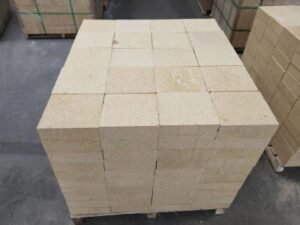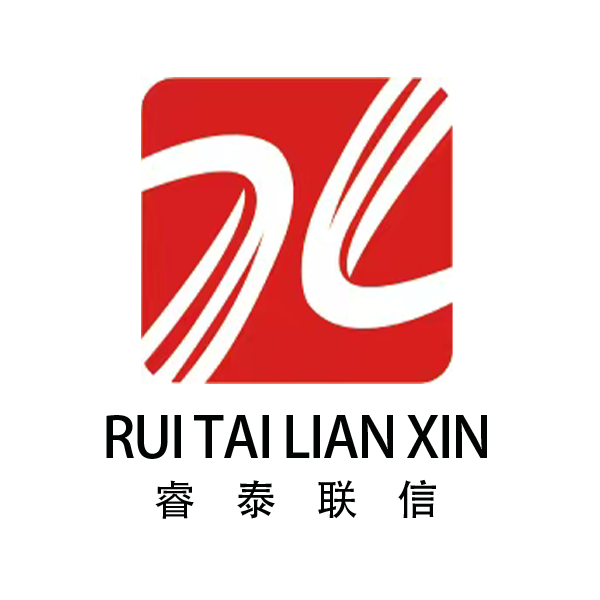In the field of high-temperature industry, the choice of refractory materials for kilns and industrial furnaces directly affects the equipment life, energy consumption and production efficiency. High-alumina bricks have become the core lining material due to their excellent refractoriness, corrosion resistance and high-temperature stability.

1. Ordinary high-alumina bricks
Ordinary high-alumina bricks are made of bauxite clinker as raw materials, and different grades are formed by adjusting the Al₂O₃ content (48%-75%). Its mineral composition is mainly mullite and corundum, and the glass phase content decreases with the increase of Al₂O₃, which significantly improves the refractoriness (1420℃-1550℃) and corrosion resistance.
Technical characteristics:
The load softening temperature increases linearly with the Al₂O₃ content, and can reach above 1530℃ at 75% content.
Thermal shock stability is achieved by optimizing the mullite-glass phase ratio, which is suitable for non-violent fluctuation environments below 1200℃.
Typical applications:
Ceramic kiln lining, medium and low temperature zone of glass melting furnace, non-critical parts of steel hot blast furnace.
Cement rotary kiln preheating section, chemical cracking furnace transition zone and other less corrosive scenes.
2. Low creep high alumina brick
For long-term high-temperature operation equipment such as hot blast furnaces and cement kilns, low creep high alumina bricks are introduced by three stone minerals (kyanite, sillimanite, andalusite) to achieve mullite, reduce the glass phase content, and significantly improve creep resistance.
Technical breakthrough:
The creep rate at 1550℃ is ≤0.8%, which is more than 60% lower than that of ordinary bricks.
The load softening temperature is increased by 50℃-70℃, and the Japanese standard can reach more than 1550℃.
Industry practice:
After using low creep bricks in the decomposition zone of cement kilns, the sinking of checker bricks is reduced by 40%.
3. Phosphate-bonded high alumina bricks
Using phosphate solution as a binder, it is made by semi-dry molding and heat treatment at 400℃-600℃. Kyanite and sillimanite are added to the ingredients to compensate for volume shrinkage and achieve sinter-free preparation.
Performance comparison:
Thermal shock resistance reaches 15 times (1100℃ water cooling), which is 30% higher than that of ceramic bonded bricks.
The load softening temperature is low (1450℃-1500℃), and it is necessary to add fused corundum to strengthen the matrix.
Typical scenarios:
Cement rotary kiln transition zone and firing zone to resist alkali metal corrosion.
Coke oven combustion chamber and waste incinerator secondary combustion chamber to cope with thermal shock impact caused by frequent start and stop.
4. Anti-stripping high-alumina bricks
For areas with severe alkali corrosion such as cement kiln transition zone and decomposition zone, anti-stripping high-alumina bricks achieve a double breakthrough in anti-stripping and anti-erosion by introducing ZrO₂ microcrack toughening mechanism and combining low thermal conductivity design.
Technological innovation:
Refractory ≥1790℃, 1100℃ water-cooled thermal shock stability reaches more than 15 times.
The erosion rate of Na₂O and K₂O is 70% lower than that of magnesia-chrome bricks, and the firing temperature is reduced by 300℃.
Engineering verification:
After the application of the new dry kiln, the stability of the kiln skin is improved, and the ring formation cycle is extended by 2 times.
Replace the magnesia-chrome bricks in the regenerator of the glass kiln to eliminate the risk of hexavalent chromium pollution.
5. Micro-expansion high-alumina bricks
Through the secondary mullite of three-stone minerals, controllable expansion (0.2%-0.5%) is achieved to compensate for high-temperature shrinkage and improve the compactness of brick joints.
Process control:
Select composite three-stone minerals (such as garnet + sillimanite) and use the difference in decomposition temperature to achieve graded expansion.
The firing temperature is precisely controlled at 1500℃±10℃ to ensure that the mullite rate is above 85%.
Typical applications:
Glass kiln regenerator checker bricks to reduce blockage caused by melt penetration.
Carbon roasting furnace flue wall to deal with high-temperature erosion of asphalt volatiles.
